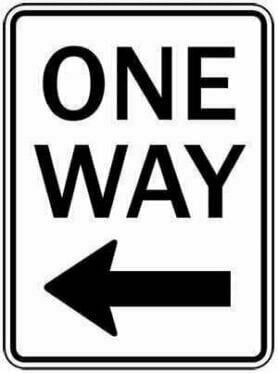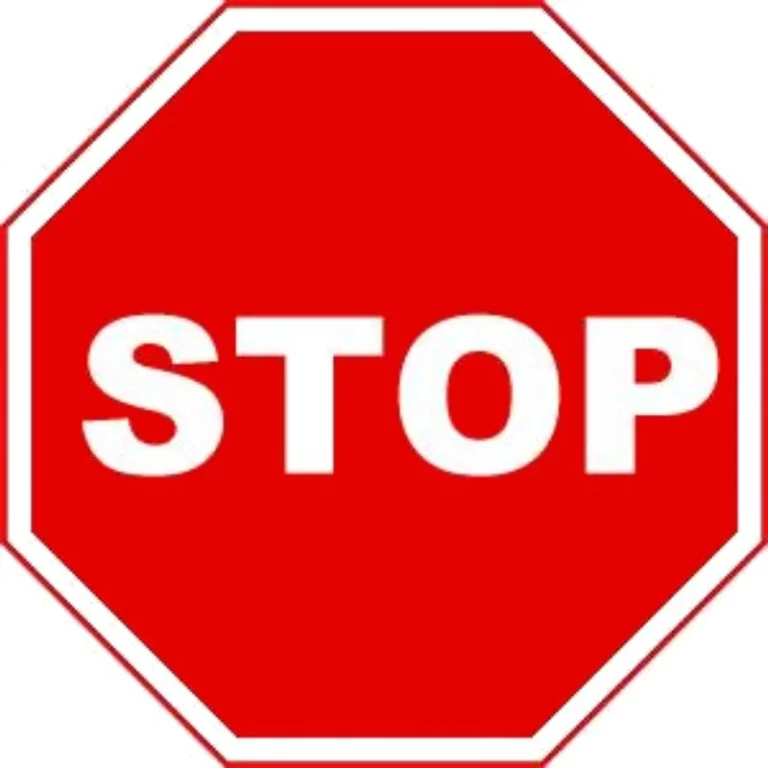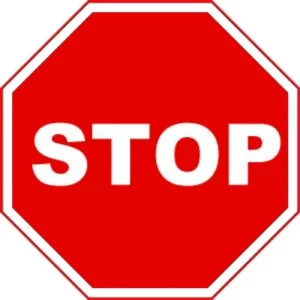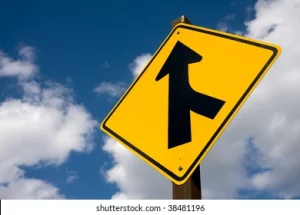Do Not Enter Sign
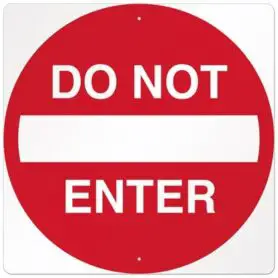
What Does Do Not Enter Sign Mean?
A “Do Not Enter” sign is a regulatory traffic sign designed to inform drivers that they are not allowed to enter a roadway or area.
Characteristics:
- Shape: Typically circular with a red background and a white horizontal bar across the center.
- Symbol: White text that reads “DO NOT ENTER” above and below the white bar.
- Placement: Positioned at the beginning of one-way streets, freeway off-ramps, and restricted areas to prevent entry.
Purpose:
- To prevent drivers from entering a roadway or area where traffic is prohibited or one-way.
- To reduce the risk of head-on collisions and other accidents caused by wrong-way driving.
- To enhance overall safety by providing clear instructions to avoid prohibited areas.
Remember:
- This sign indicates that you must not enter the road or area beyond the sign.
- Pay attention to additional signage or road markings that reinforce the prohibition.
- Ignoring this sign can lead to dangerous situations, legal penalties, and traffic citations.


